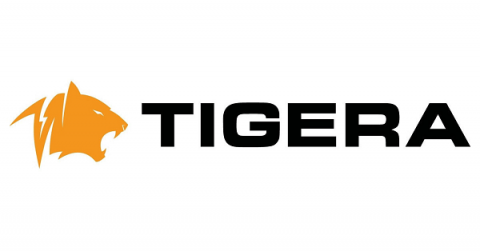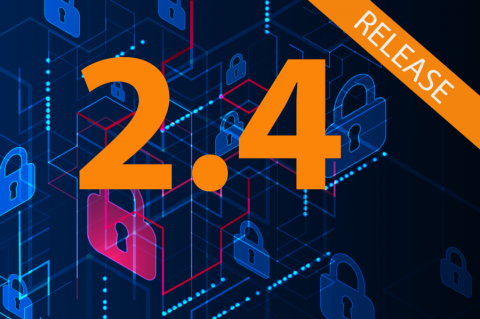Key Features to Consider When Evaluating an Enterprise Kubernetes Solution
Digital transformation across industries is driving the need for IT to enable cloud-native applications. This has led enterprises to adopt Kubernetes as the most effective way to support cloud-native, container-based architectures, and to modernize their applications and IT infrastructure. Organizations of all sizes are looking to take advantage of Kubernetes – for both greenfield applications and for re-architecting and modernizing legacy applications.




